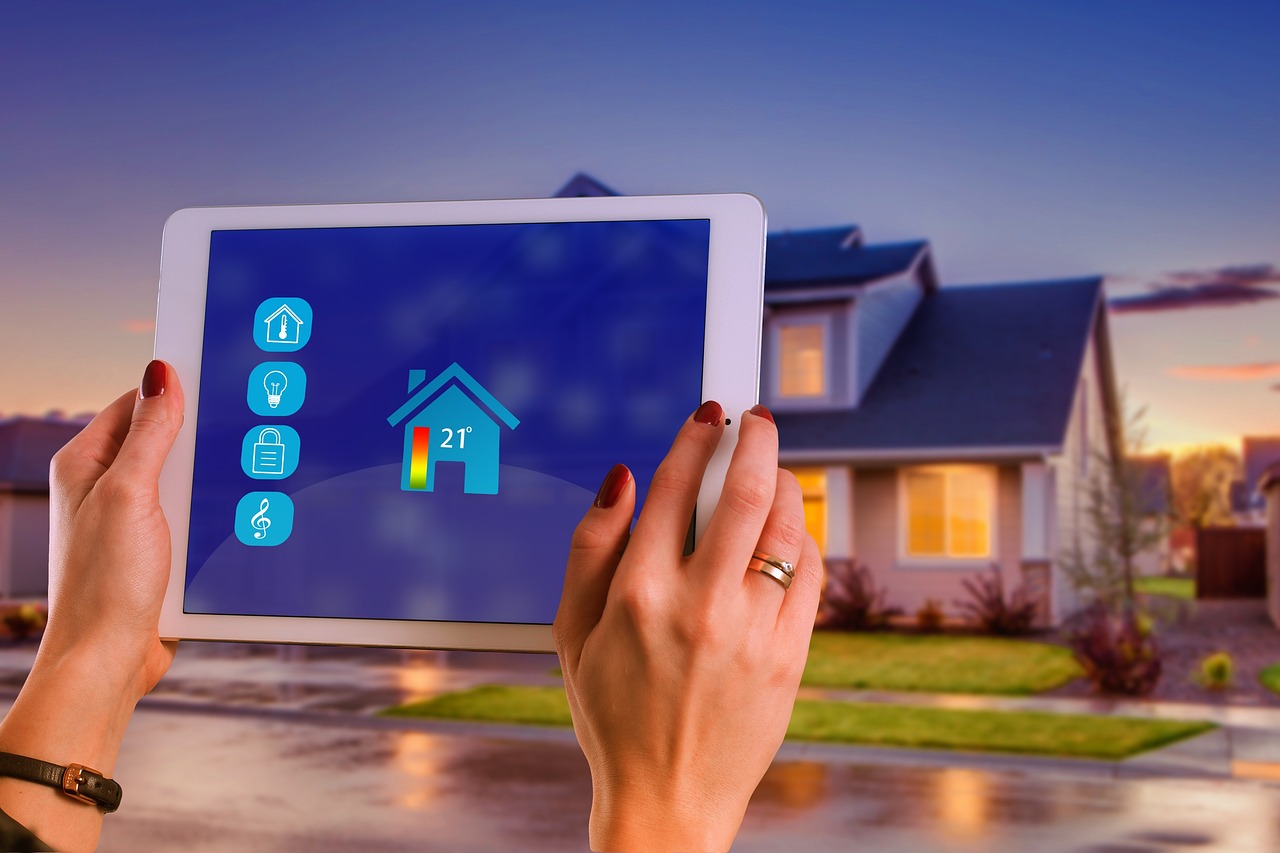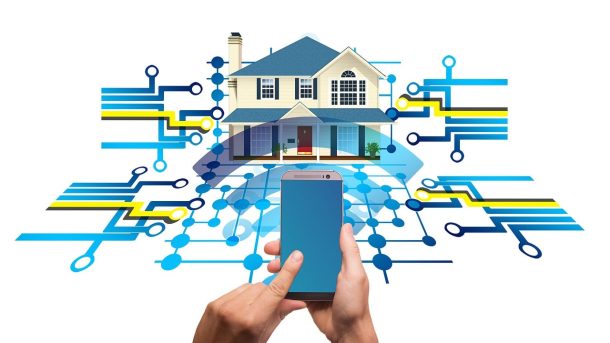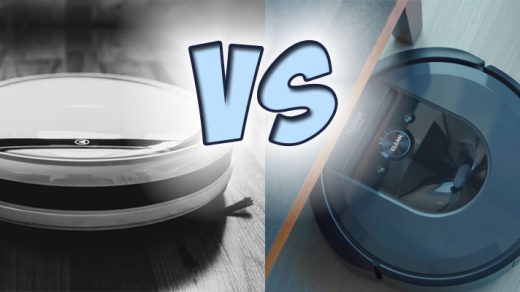The concept of a smart home has rapidly evolved from science fiction to an accessible reality for many homeowners. At its core, a smart home is a residence equipped with a network of interconnected devices and systems that can be remotely controlled, automated, and monitored. This integration of technology into our living spaces promises to enhance comfort, efficiency, and security.
What is a Smart Home?
A smart home leverages Internet of Things (IoT) technology to create an ecosystem where various devices communicate and work together seamlessly. These devices can range from simple smart plugs to complex security systems, all controllable through smartphones, tablets, or voice commands.
Common smart home devices include:
-
Smart speakers and voice assistants
-
Smart thermostats
-
Smart lighting systems
-
Connected security cameras and doorbells
-
Smart locks
-
Automated window treatments
-
Smart appliances (refrigerators, ovens, washing machines)
-
Water leak detectors
-
Smart smoke and carbon monoxide detectors
-
Robot vacuums and mops
Benefits of a Smart Home
The advantages of implementing smart home technology are numerous and can significantly improve quality of life. Let’s compare traditional homes with smart homes across various aspects:
|
Aspect |
Traditional Home |
Smart Home |
|
Energy Efficiency |
Manual control of heating, cooling, and lighting |
Automated systems adjust based on occupancy and preferences |
|
Security |
Standard locks and alarms |
Real-time monitoring, remote access, and intelligent alerts |
|
Convenience |
Manual operation of devices and systems |
Voice or app-controlled devices, automated routines |
|
Accessibility |
Limited options for those with mobility issues |
Voice control and automation enhance independence |
|
Entertainment |
Separate audio/video systems |
Integrated whole-home audio and video experiences |
|
Maintenance |
Reactive repairs |
Predictive maintenance through device monitoring |
Smart homes offer enhanced energy efficiency by automatically adjusting heating, cooling, and lighting based on occupancy and user preferences. This not only reduces utility bills but also minimizes environmental impact. Security is significantly improved with real-time monitoring, intelligent alerts, and the ability to remotely access and control security systems.
The convenience factor is perhaps the most noticeable benefit, with the ability to control multiple aspects of your home through voice commands or smartphone apps. This can range from adjusting the thermostat to preheating the oven, all without physically interacting with the devices.
Key Components of a Smart Home

To build an effective smart home, it’s essential to understand the key components that form its foundation. These elements work together to create a cohesive and efficient system.
Smart Hubs and Controllers
At the heart of any smart home system is the smart hub or controller. This central device acts as the brain of your smart home, allowing different devices to communicate with each other and with you. Smart hubs can interpret various wireless protocols such as Wi-Fi, Zigbee, and Z-Wave, enabling seamless integration of devices from different manufacturers.
Popular smart hubs include:
-
Samsung SmartThings Hub
-
Amazon Echo (with built-in Zigbee hub)
-
Google Nest Hub
-
Apple HomePod (for HomeKit ecosystems)
-
Hubitat Elevation
When choosing a smart hub, consider factors such as compatibility with your existing devices, ease of use, and the level of automation it supports.
Security Systems
Smart security systems are a crucial component of any modern smart home. These systems go beyond traditional alarms, offering comprehensive protection and peace of mind.
|
Security Component |
Features |
Benefits |
|
Smart Cameras |
HD video, night vision, two-way audio |
Real-time monitoring, deterrence |
|
Smart Doorbells |
Video feed, motion detection, two-way communication |
Enhanced visitor screening |
|
Smart Locks |
Keyless entry, temporary access codes |
Convenient and secure access control |
|
Motion Sensors |
Detect movement in specific areas |
Trigger alerts and automation |
|
Window/Door Sensors |
Monitor entry points |
Immediate notification of breaches |
|
Smart Smoke/CO Detectors |
Early warning system, smartphone alerts |
Rapid response to potential dangers |
Integrating these components creates a robust security ecosystem that not only protects your home but also provides valuable data and control options.
Lighting and Climate Control
Smart lighting and climate control systems are often the entry point for many homeowners into the world of smart home technology. These systems offer significant energy savings and enhanced comfort.
Top products in this category include:
-
Smart Bulbs: Philips Hue, LIFX, Sengled
-
Smart Switches: Lutron Caseta, TP-Link Kasa, Leviton Decora
-
Smart Thermostats: Nest Learning Thermostat, ecobee SmartThermostat, Honeywell Home T9
Smart lighting systems allow for remote control, scheduling, and even color changing options. They can be programmed to mimic occupancy when you’re away or to create the perfect ambiance for any occasion.
Smart thermostats learn your preferences and routines, automatically adjusting temperature settings for optimal comfort and efficiency. Many can also integrate with other smart home devices, such as occupancy sensors, to further optimize energy usage.
Choosing the Right Smart Home Ecosystem
Selecting the appropriate smart home ecosystem is crucial for ensuring seamless integration and functionality across your devices. The ecosystem you choose will influence which devices you can use and how they interact with each other.
Compatibility and Integration
When building a smart home, compatibility is key. Devices within the same ecosystem typically work together more smoothly, offering enhanced features and automation possibilities. However, many modern smart home products are designed to work across multiple platforms, providing flexibility in your choices.
Major smart home ecosystems include:
-
Amazon Alexa
-
Google Home
-
Apple HomeKit
-
Samsung SmartThings
-
IFTTT (If This Then That)
Each ecosystem has its strengths and limitations, so it’s essential to consider your specific needs and preferences when making a selection.
Ecosystem Comparison
Let’s compare the features of the three most popular smart home ecosystems:
|
Feature |
Amazon Alexa |
Google Home |
Apple HomeKit |
|
Voice Assistant |
Alexa |
Google Assistant |
Siri |
|
Device Compatibility |
Extensive |
Extensive |
Limited, but growing |
|
Smart Speakers |
Echo range |
Nest range |
HomePod range |
|
Mobile App |
Alexa app |
Google Home app |
Apple Home app |
|
Automation |
Routines |
Routines |
Scenes and Automations |
|
Privacy Focus |
Moderate |
Moderate |
High |
|
Price Range |
$ – $$$ |
$ – $$$ |
$$ – $$$ |
Amazon Alexa offers the widest range of compatible devices and is known for its ease of use. Google Home provides superior natural language processing and seamless integration with Google services. Apple HomeKit, while more limited in device compatibility, offers robust security features and tight integration with Apple devices.
Installation and Setup
Once you’ve chosen your ecosystem and devices, the next step is installation and setup. This process can vary in complexity depending on the devices you’ve selected and your level of technical expertise.
DIY vs. Professional Installation
|
Aspect |
DIY Installation |
Professional Installation |
|
Cost |
Lower upfront cost |
Higher upfront cost |
|
Time Investment |
Requires personal time and effort |
Minimal time investment |
|
Technical Knowledge |
Requires basic to advanced tech skills |
No technical knowledge required |
|
Customization |
Full control over setup |
May be limited by installer’s offerings |
|
Support |
Limited to product manuals and online resources |
Professional support and troubleshooting |
|
Learning Curve |
Steep, but valuable for future maintenance |
Minimal, but may rely on professional help for changes |
DIY installation can be a rewarding experience, providing a deep understanding of your smart home system. However, for complex setups or those less comfortable with technology, professional installation ensures a smooth and hassle-free experience.
Step-by-Step Setup Guide
For those opting for DIY installation, here’s a general guide to setting up your smart home:
-
Plan your smart home layout and decide on device locations.
-
Ensure your Wi-Fi network is robust and covers all areas where smart devices will be placed.
-
Install your smart hub or controller according to the manufacturer’s instructions.
-
Download the corresponding app for your chosen ecosystem (e.g., Alexa, Google Home).
-
Add smart devices to your network, following the specific instructions for each device.
-
Group devices by room or function within your app for easier management.
-
Set up basic automations or routines (e.g., turning lights on at sunset).
-
Configure voice control if using a smart speaker.
-
Test all devices and automations to ensure they’re working correctly.
-
Establish a regular maintenance schedule for updates and battery replacements.
Remember to consult each device’s manual for specific setup instructions, as procedures can vary between manufacturers and models.
Common Challenges and Solutions

As with any technology, smart homes can present certain challenges. Being aware of these potential issues and knowing how to address them can ensure a smoother smart home experience.
Security Concerns
Security is a primary concern for many smart home users. To mitigate risks:
-
Use strong, unique passwords for all devices and accounts.
-
Enable two-factor authentication wherever possible.
-
Regularly update device firmware and software.
-
Secure your Wi-Fi network with WPA3 encryption.
-
Disable unnecessary features or ports on devices.
-
Use a separate Wi-Fi network for smart home devices if possible.
-
Be cautious when granting permissions to third-party apps.
-
Regularly review connected devices and remove any that are no longer in use.
Connectivity Issues
Connectivity problems can disrupt the functionality of your smart home. Common issues and solutions include:
|
Issue |
Solution |
|
Weak Wi-Fi signal |
Install Wi-Fi extenders or mesh network systems |
|
Device offline |
Check power supply, restart device, or reset to factory settings |
|
Hub unresponsive |
Reboot hub, check internet connection, or perform a factory reset |
|
Automation failures |
Review automation rules, check device status, update software |
|
Voice control issues |
Retrain voice model, check microphone, or reposition smart speaker |
Regular maintenance and updates can prevent many connectivity issues before they occur.
Future Trends in Smart Home Technology
The smart home industry is rapidly evolving, with new technologies and trends emerging constantly. Staying informed about these developments can help you make future-proof decisions for your smart home.
Emerging Technologies
Some exciting trends to watch in smart home technology include:
-
Artificial Intelligence (AI) Integration: More sophisticated AI will enable smarter automation and predictive capabilities.
-
5G Connectivity: Faster, more reliable connections will support more devices and complex systems.
-
Edge Computing: Local processing of data will enhance privacy and reduce latency.
-
Biometric Security: Facial recognition and fingerprint scanning for enhanced access control.
-
Smart Fabrics: Textiles with embedded sensors for health monitoring and comfort control.
-
Augmented Reality (AR) Interfaces: AR for more intuitive control and visualization of smart home systems.
-
Energy Harvesting Devices: Self-powered sensors and switches that eliminate the need for batteries or wiring.
Sustainability and Smart Homes
Smart home technology is playing an increasingly important role in promoting sustainability and reducing environmental impact.
|
Eco-Friendly Smart Device |
Sustainability Benefit |
|
Smart Thermostats |
Reduce energy consumption by optimizing heating and cooling |
|
Smart Power Strips |
Eliminate standby power consumption |
|
Smart Water Monitors |
Detect leaks and optimize water usage |
|
Solar Panel Integration |
Maximize renewable energy utilization |
|
Smart Gardens |
Optimize water usage for plant care |
|
Energy Monitoring Systems |
Provide insights for reducing overall energy consumption |
By integrating these devices and systems, homeowners can significantly reduce their carbon footprint while enjoying the benefits of a smart home.
In conclusion, creating a smart home requires careful planning, research, and consideration of your specific needs and preferences. By understanding the basics, choosing the right ecosystem, and addressing potential challenges, you can build a smart home that enhances your daily life, improves efficiency, and prepares you for future technological advancements. Remember that a smart home is an evolving project – start small, learn as you go, and gradually expand your system to create a truly intelligent living space that works for you.




